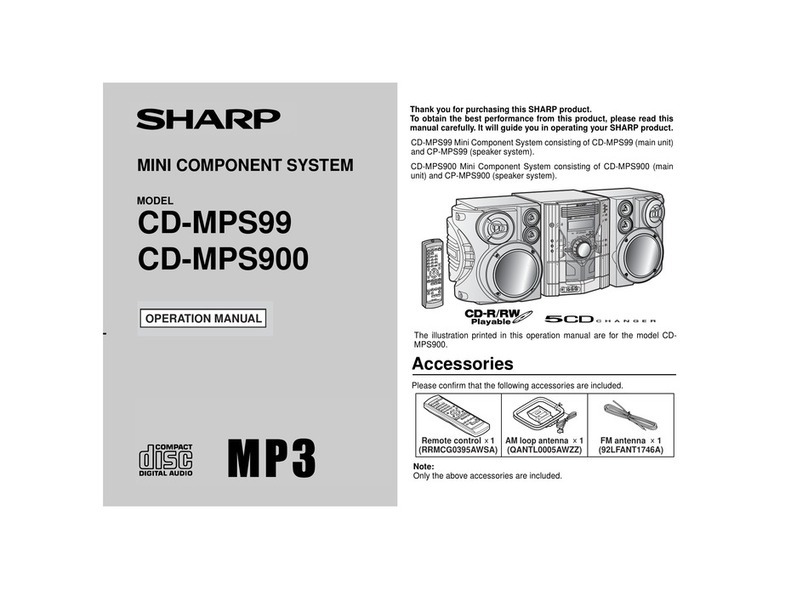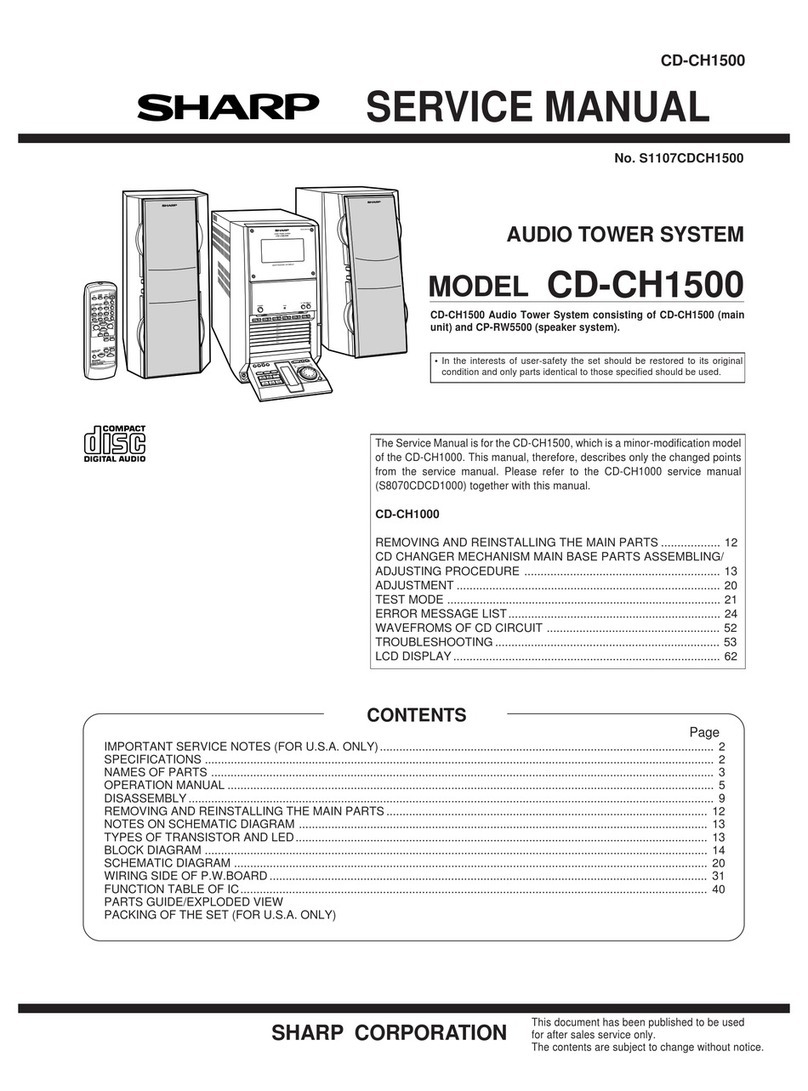Sharp CMS-R160CDH User manual
Other Sharp Stereo System manuals

Sharp
Sharp CD-C605H User manual
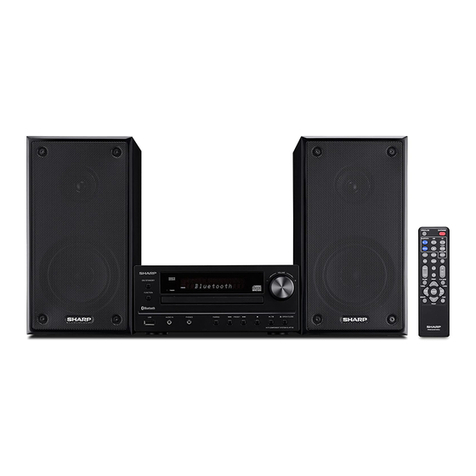
Sharp
Sharp XL-HF102B User manual
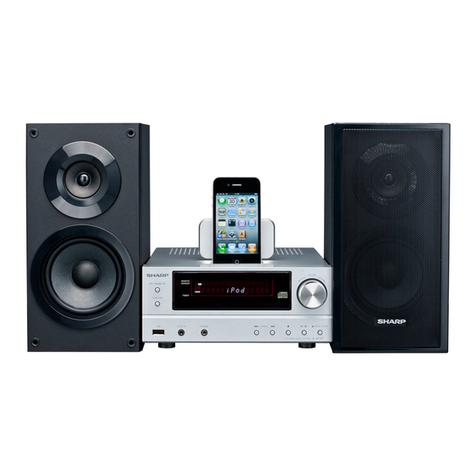
Sharp
Sharp XL-HF151PH(S) User manual

Sharp
Sharp CD-BA1600 User manual
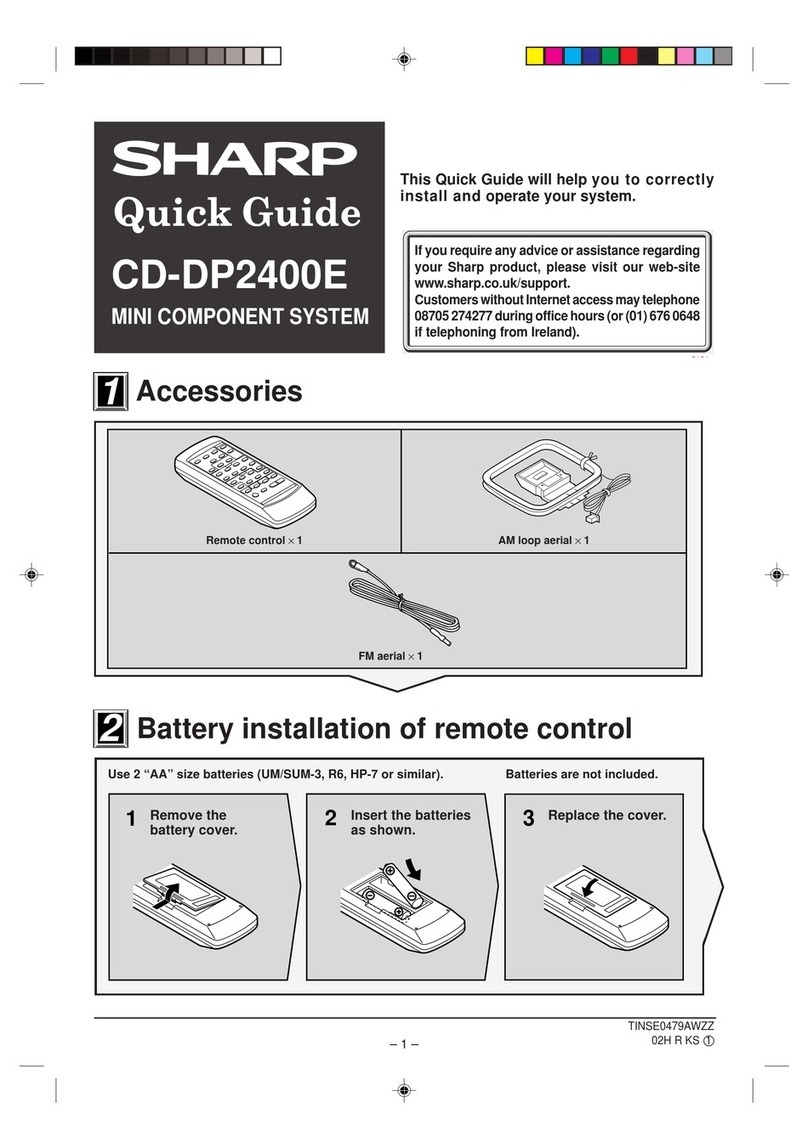
Sharp
Sharp CD-DP2400E User manual
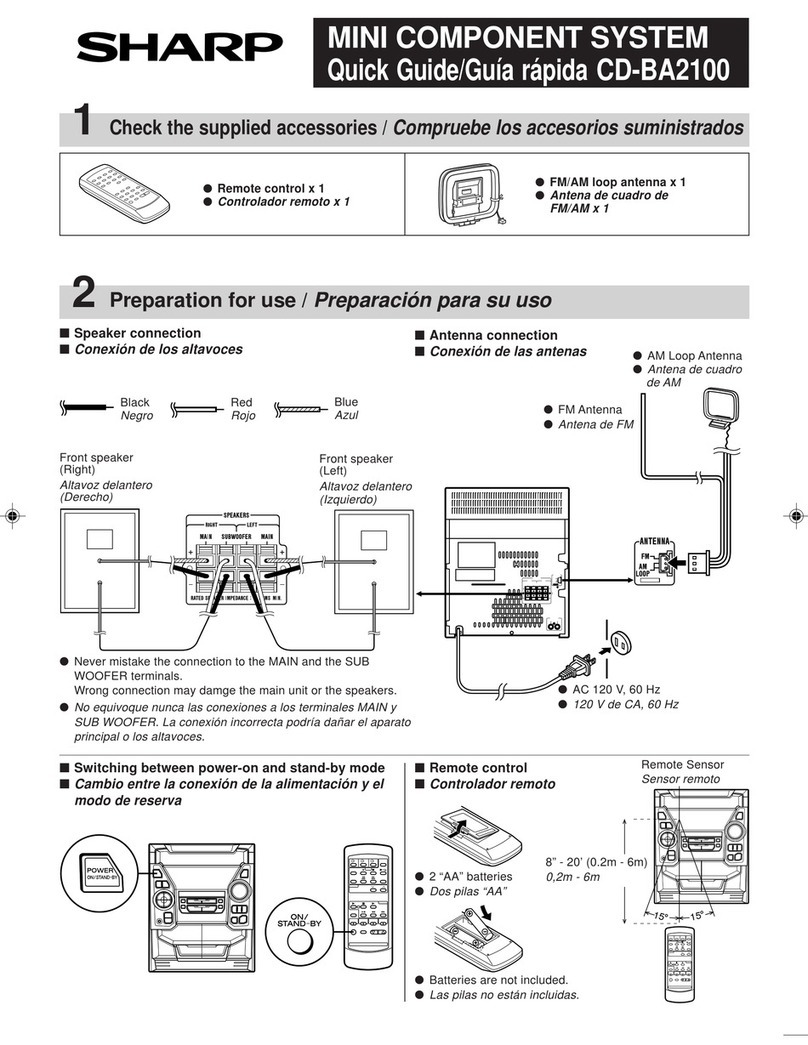
Sharp
Sharp CD-BA2100 User manual
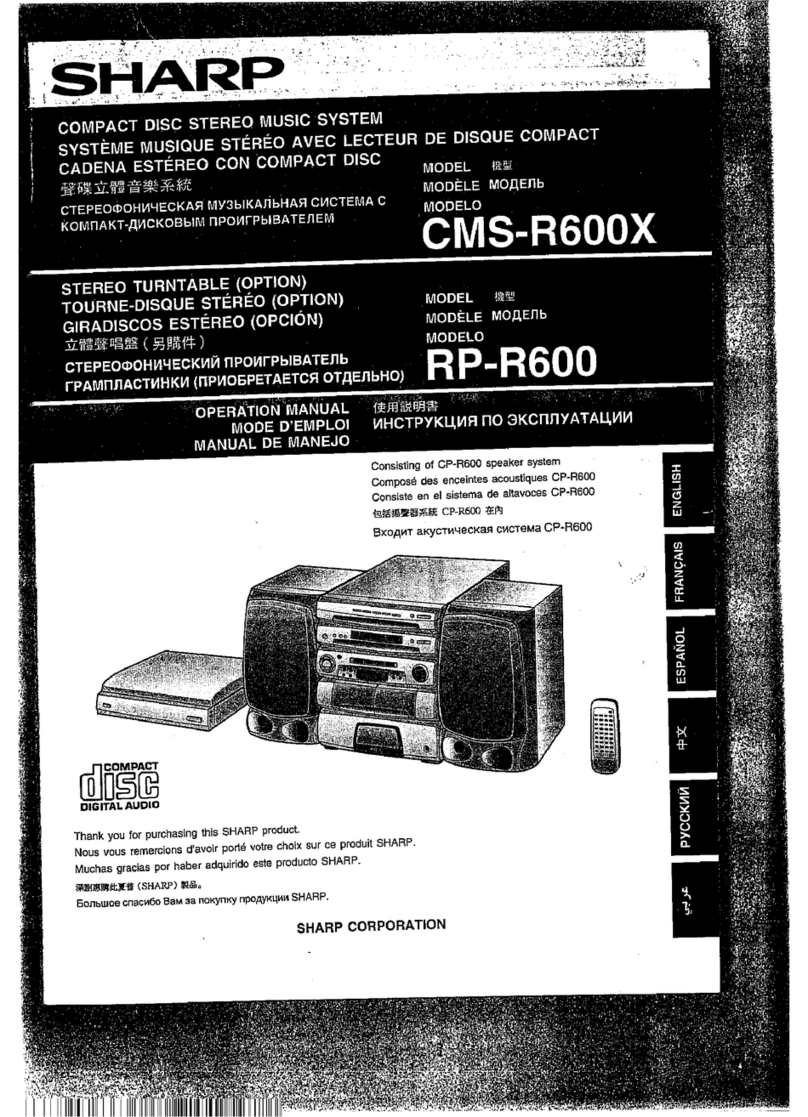
Sharp
Sharp CMS-R600X User manual
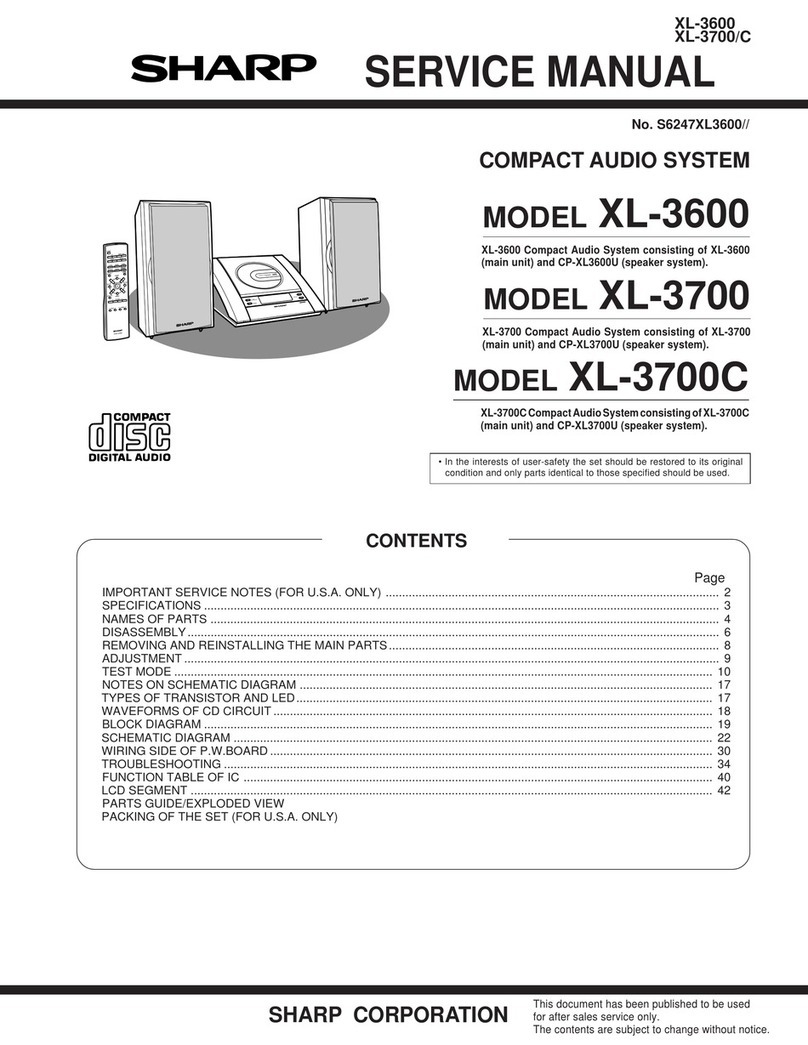
Sharp
Sharp XL-3600 User manual
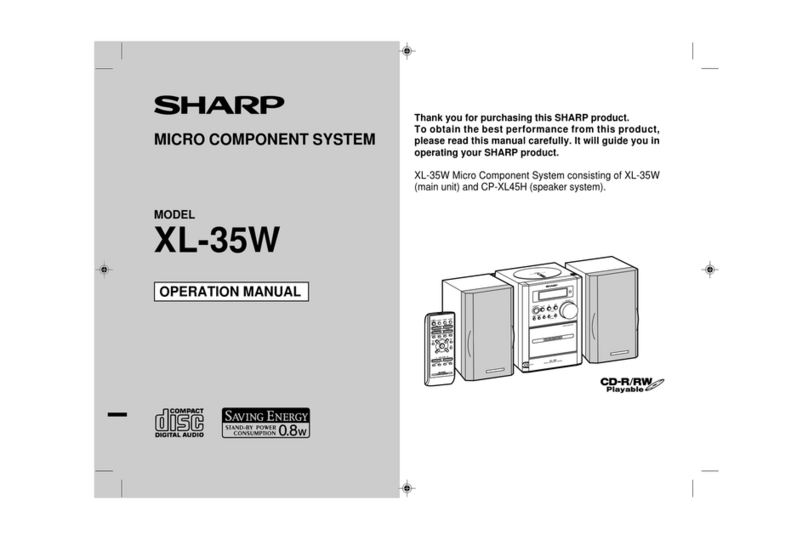
Sharp
Sharp XL-35W User manual
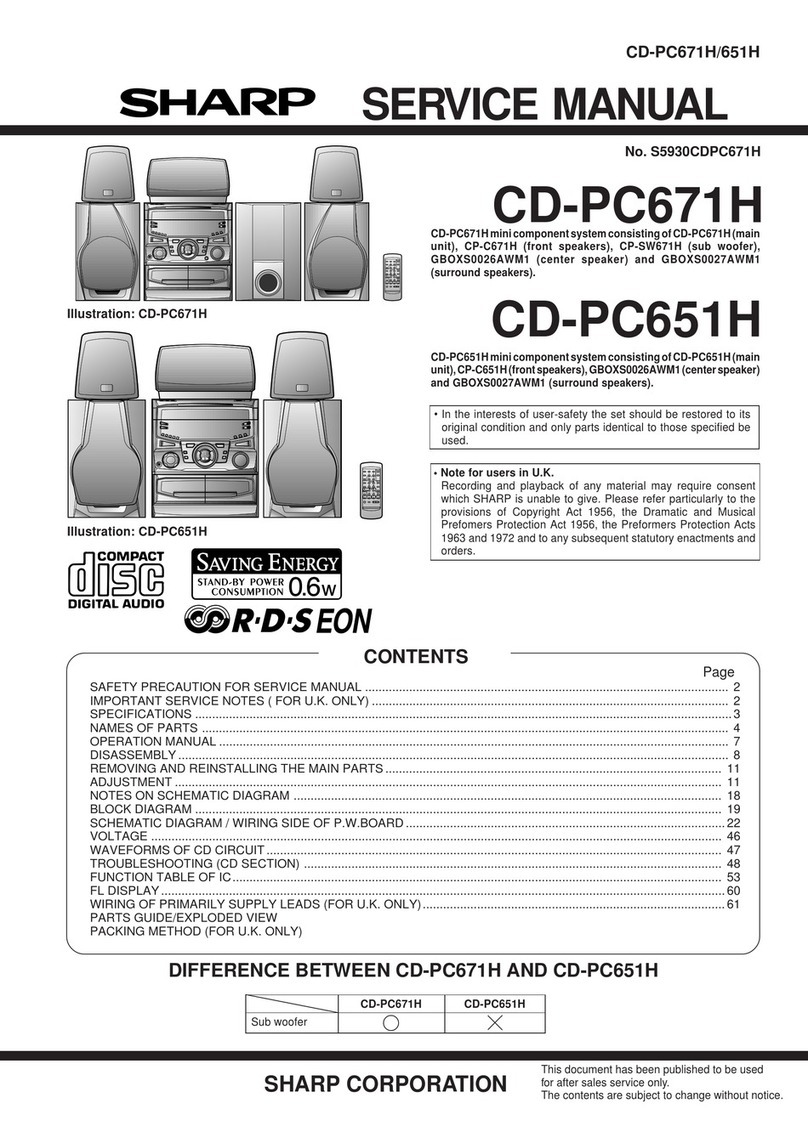
Sharp
Sharp CD-PC671H User manual
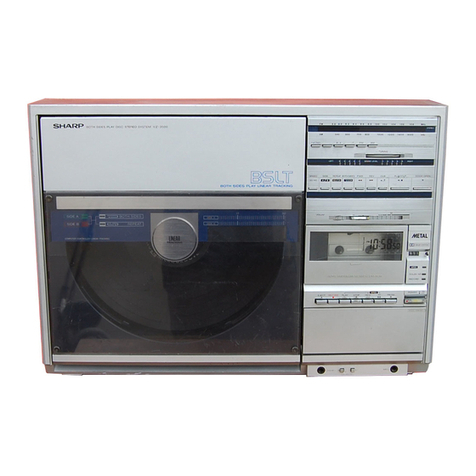
Sharp
Sharp VZ-3500H User manual
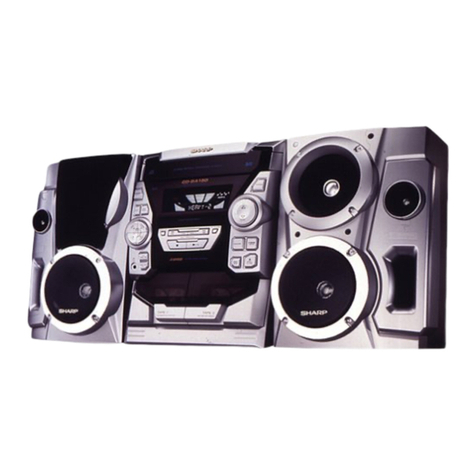
Sharp
Sharp CD-BA150 User manual

Sharp
Sharp CD-BK300W User manual
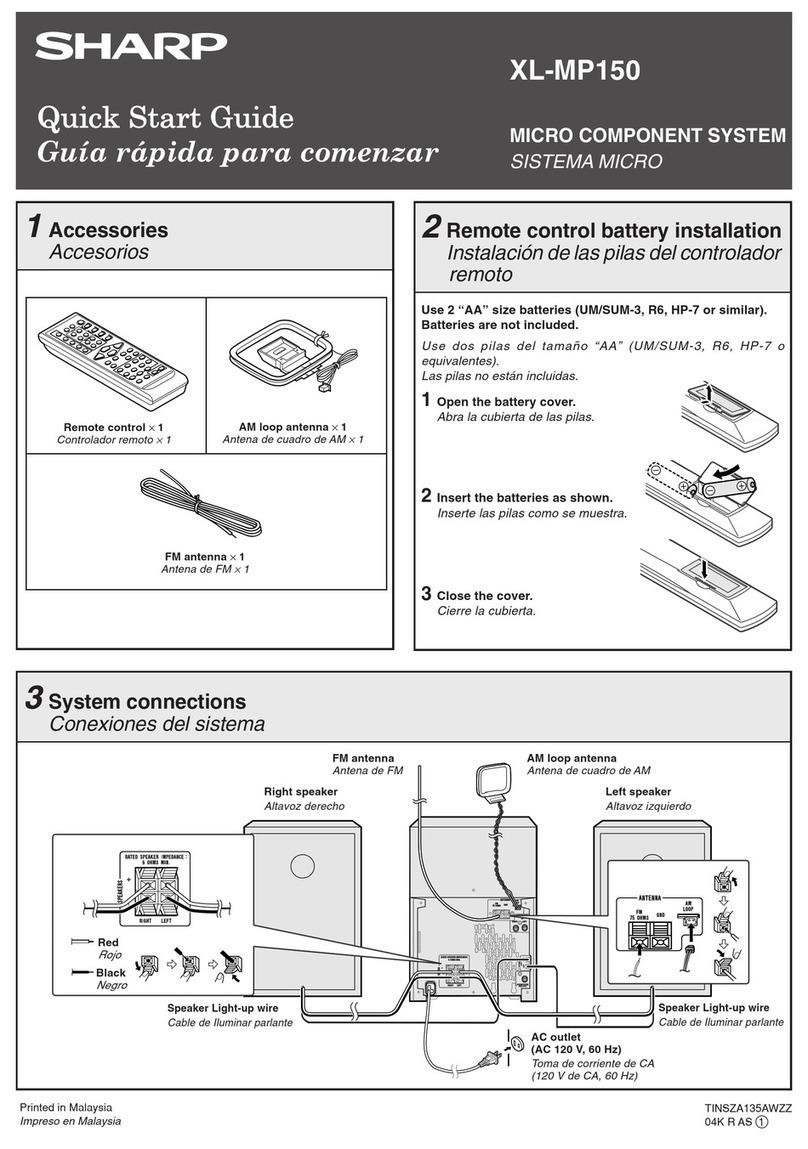
Sharp
Sharp XL-MP150 User manual
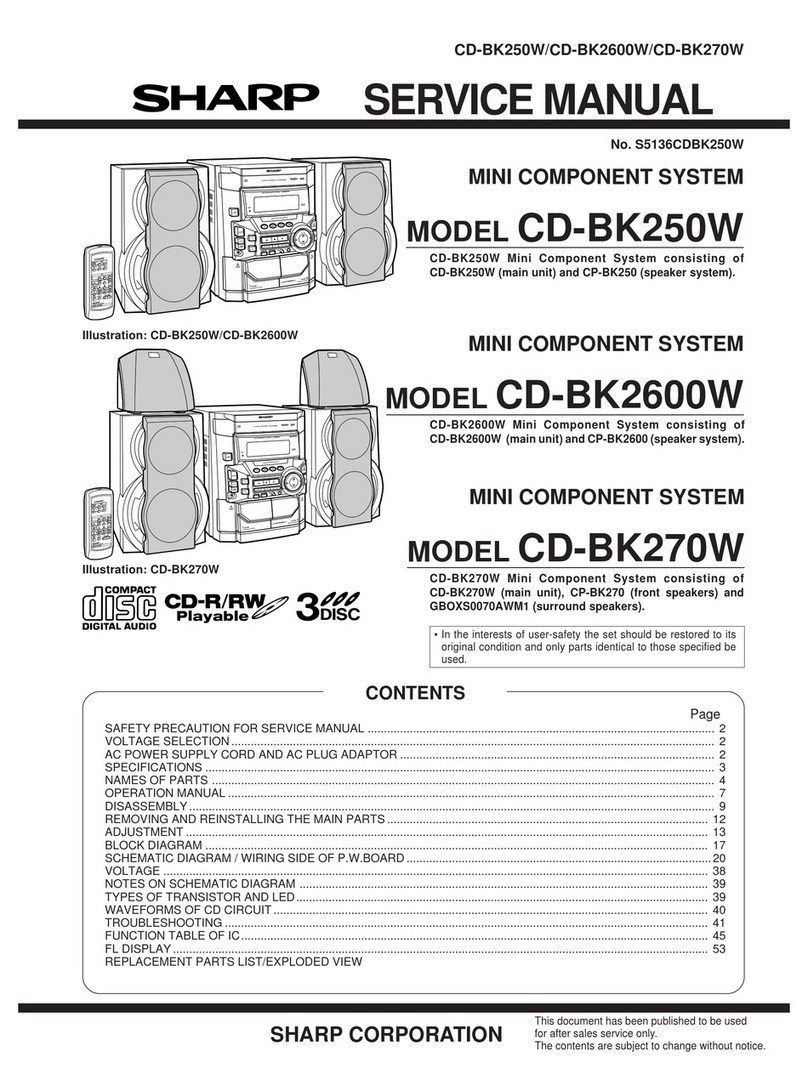
Sharp
Sharp CD-BK250W User manual
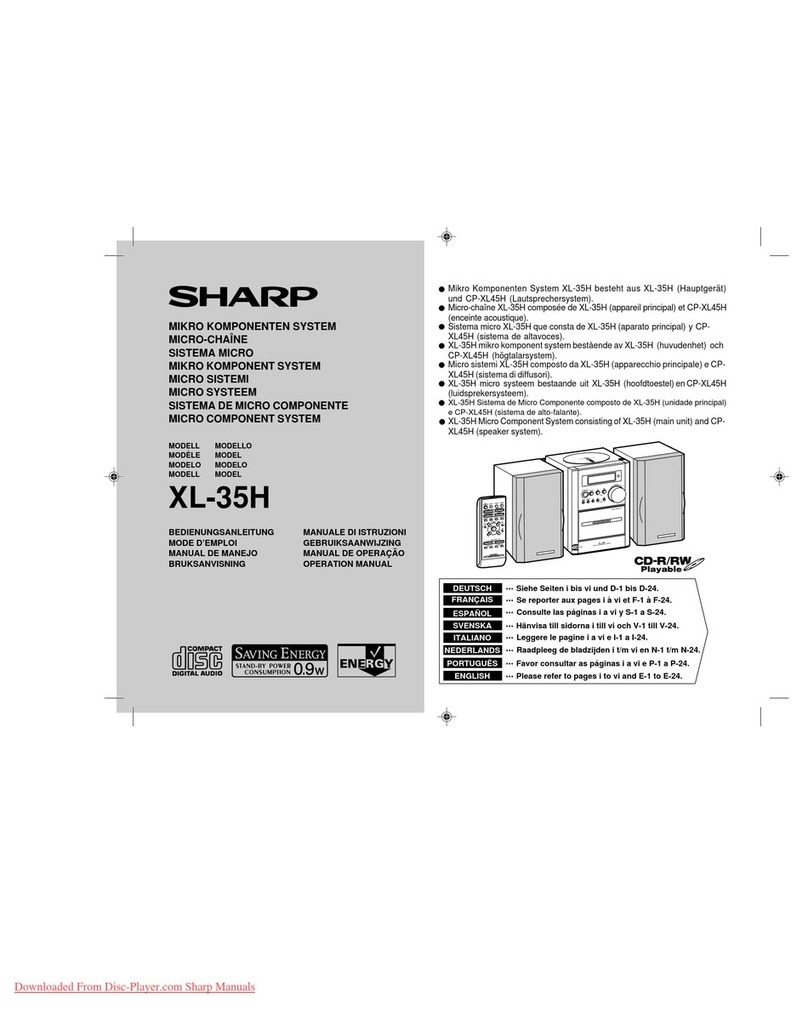
Sharp
Sharp XL-35H User manual

Sharp
Sharp CD-K7000W User manual
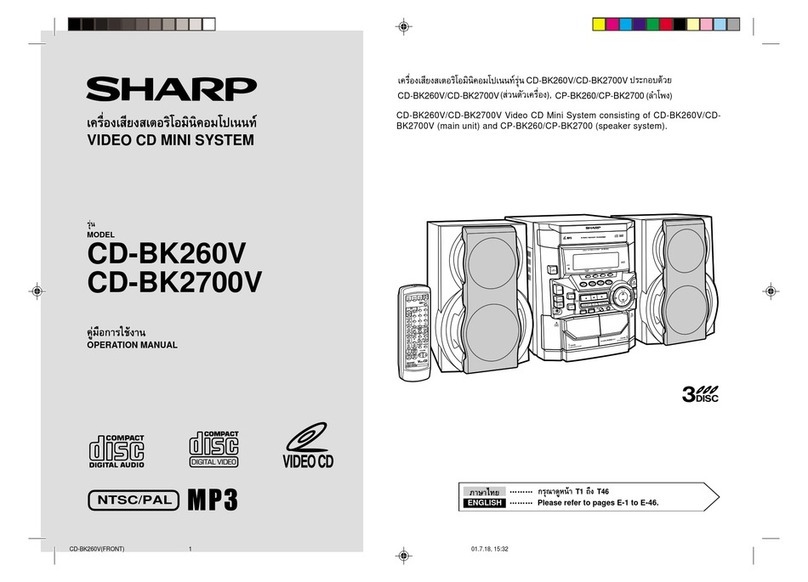
Sharp
Sharp CD-BK260V User manual
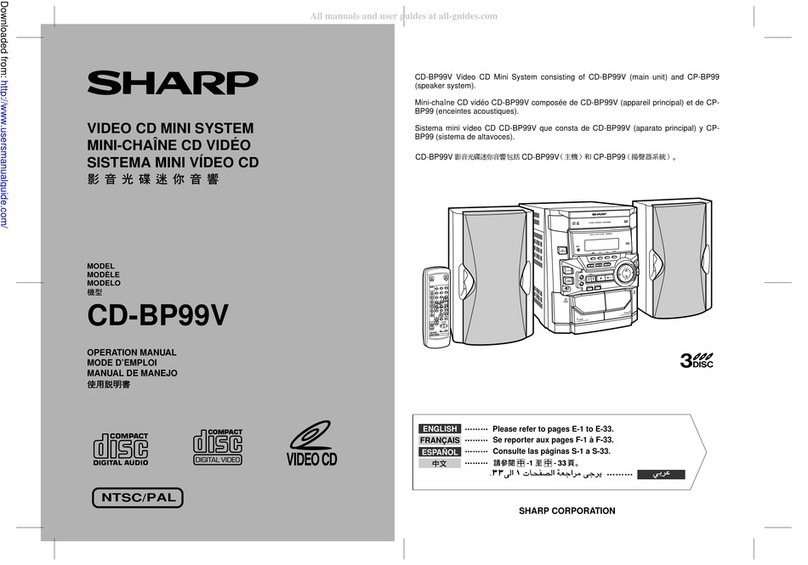
Sharp
Sharp CP-BP99V User manual
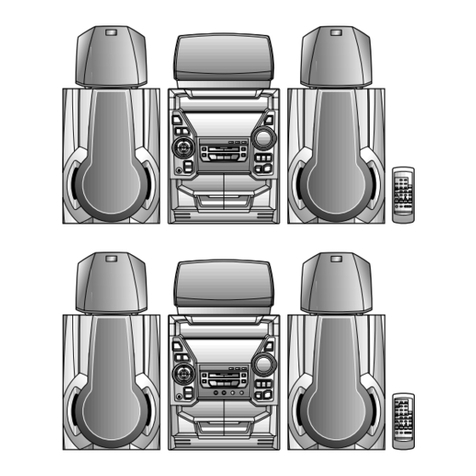
Sharp
Sharp CD-DP2500W User manual


